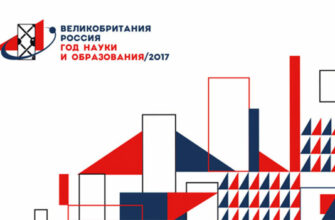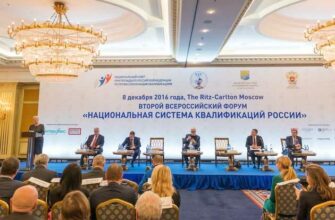Scientists of the Moscow State University (MSU), together with colleagues from the Russian state humanitarian University found that the use of symbolic visual tools allows children of preschool and younger pupils to study better and to understand physical phenomenons better than using sign tools.
The choice of training tools depends on the task. Learning physics we use verbal tools (oral and written), technical (sound and screen), special (devices) and visual (tables, charts, diagrams, models, drawings). Visual media has always served to illustrate physical phenomena, but recently scientists are studying other possible application for the development of abstract-logical thinking in General. There is a difference between symbolic and iconic visual tools.
In the experiment, the scientists analyzed the effectiveness of using sign and symbolic representations in preschool (33 kid, 68.5 months) and elementary school (49 pupils, 102 months) groups, and showed that symbolic tools (metaphors and imagery) are more helpful for child mastering new and complex content.
“In the experimental groups, the development of the content was carried out by symbolic tools: the children acted out the situation the appearance of a rainbow and took on their respective roles (light, cloud, rain, etc.); to understand changes in the structure matter the children represented that it consists of particles, atoms, which are like the little men holding hands (the symbol tool). The control group was trained using the signature tools: drawings, models,” — says one of the study’s authors Alexander Veraksa, doctor of psychological Sciences, Professor of the faculty of psychology of MSU, a corresponding member of the Russian Academy of Sience.
Alexander assured the readers of the magazine “E-Vesti” that parents interested in the intellectual development of their children can apply the results of the study in the process of education: ” Development of creative abilities associated with a child’s ability is linked with the use of symbols for expressing child’s attitude to the reality and solution of cognitive tasks in various areas. This means that the child must learn to convey the content in imaginary form. This ability differs from the traditional skills of preparing children for school, which is based on the use of concepts, schemas and rules”.
Parents of older children can also ttake note of these insights: “Age features in the use of symbolic tools is due to children’s play activities development. However, this means that symbolic images can be effectively applied to solve cognitive tasks after preschool period. As it is shown in our studies, at school age they can be used in the development of various items. It is no coincidence that such a distinguished mathematician as Henri Poincare underlined the particular importance of aesthetics in mathematical thinking”, he said.
According to the scientist, featured training will allow parents and children in general studying, and will correct modern negative impact at home: “our Results clearly show that even a small series of lessons aimed at the development of symbolic tools lead to a deeper, holistic understanding of the various phenomena by children. It is especially important for the formation of cognitive motivation. The children are immersed in the environment (including information), which stimulates very specific (often formulaic, reactive) type of behavior which creates a fragmented perception of the world and impede its understanding.”
Scientists, of course, study the problem wider than it is shown in a single scientific achievement. They aim to build a modern educational process in the kindergarten and the school as a whole. “The research is a part of the cycle of works, which are implemented at the faculty of psychology of MSU. One of directions of our work is to see what determines the spontaneous use of various cognitive tools of children in the educational environment. It is very important to support the initiative of each child, without imposing ways of thinking and providing an opportunity to use all the diversity of cultural assets in harmony with his personality,” says Dr. A. Veraxa
Sources:
Petrov A. V., Popova N. B. Classification of the means of presentation in the modern system of training. // World of science, culture, education. Issue No. 2 / 2007.





